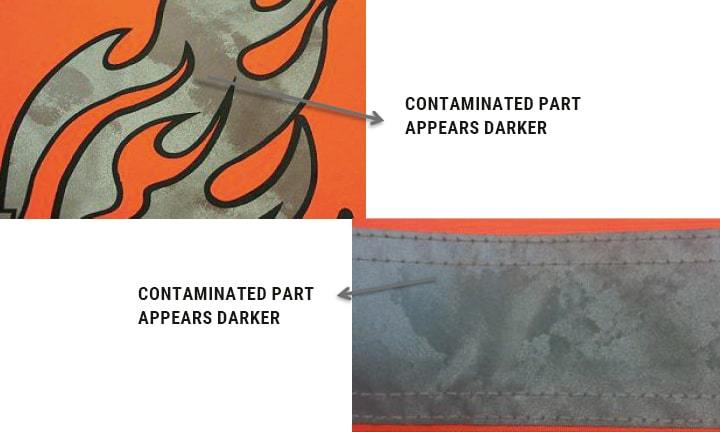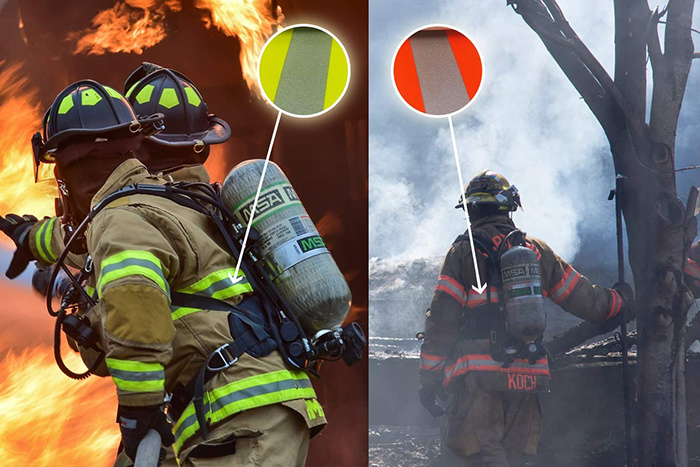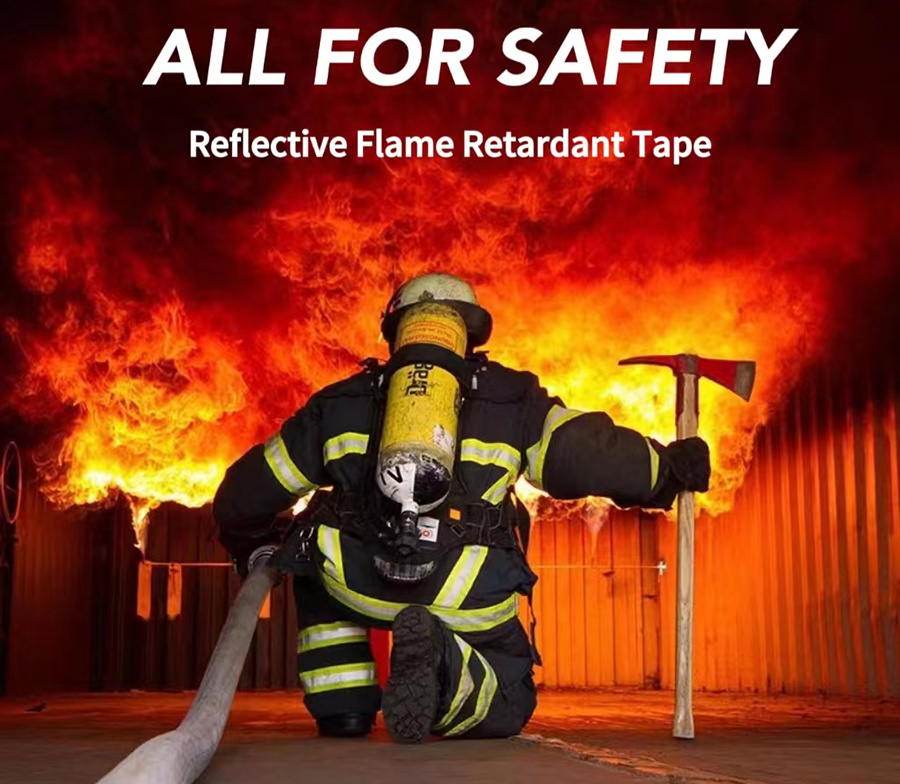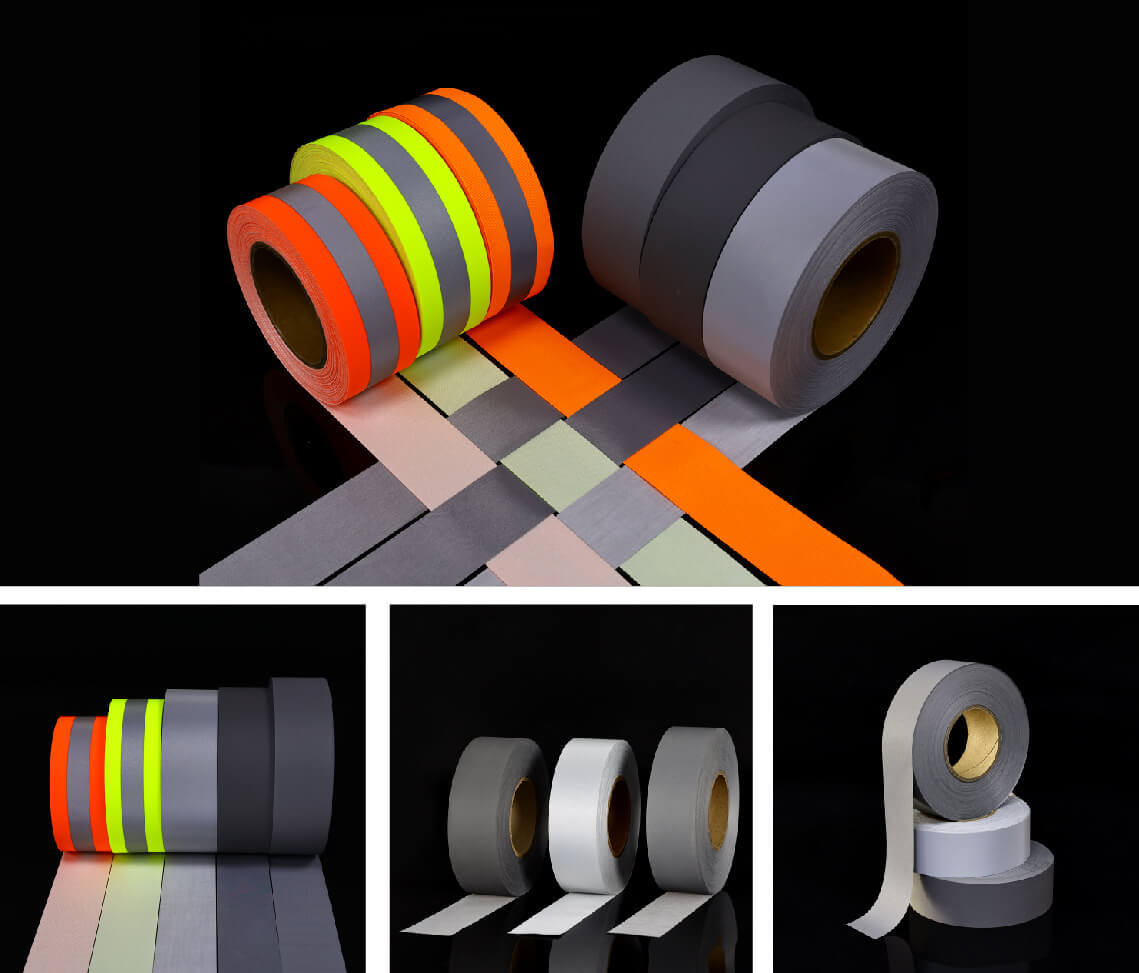Certification Operation Process of Flame Retardant Reflective Tape
2025-03-19
Ysmlite
ysmlite.com

For YSM flame retardant reflective tape products, international certification can not only enhance the brand image, but also provide strong guarantees for the product to enter the global market. The following is a detailed introduction to the specific operation procedures of each certification from the interpretation of standard documents, sample preparation, laboratory testing, on-site audit, rectification and retesting to the issuance of the final certificate and subsequent management.
Preliminary preparation and interpretation of standard documents
a. In-depth understanding of certification requirements
- Obtain standard documents: Enterprises must first download or purchase the latest texts of each certification standard (such as EN20471, ANSI/ISEA 107-2020, Oeko Tex 100, ISO6330, ISO3175, ISO15797), and clarify various indicators, testing methods and requirements.
- Internal training and knowledge popularization: Organize R&D, quality control, production and other departments to learn the content of the standard to ensure that all employees have a unified understanding of the certification requirements.
- Technical benchmarking and process planning: According to the requirements of the standard, formulate detailed test plans and improvement plans to ensure that product design, material selection and process flow meet the requirements.
b. Establish a quality management system
- Document records: Establish detailed process flow records, raw material entry inspection reports, test records, etc. to provide a basis for subsequent audits.
- Preliminary assessment: Use internal laboratories or third-party institutions to conduct preliminary tests to promptly identify potential problems and make corrections.

Sample preparation and internal pre-testing
a. Sample selection
- Representative samples: Ensure that the submitted samples can truly reflect the performance of batch products, covering different production batches or process changes.
- Quantity and packaging: Prepare a sufficient number of samples according to the requirements of the certification body, and ensure that the sample packaging and labeling are clear for easy detection and tracking.
b. Internal pre-testing
- Simulation test: Use internal equipment or entrust professional testing institutions to conduct pre-testing, including key items such as reflective performance, washability, weatherability, chemical residues, and combustion performance.
- Data recording and analysis: Organize the test data, analyze the deviations between various indicators and standards, formulate rectification plans, and ensure that the product performance meets the standards before formal submission.
Formal submission and third-party testing
a. Select a suitable testing agency
- Qualifications and experience: Select a third-party testing agency with international certification qualifications (such as an accredited laboratory or certification agency) to ensure that the test results are authoritative and credible.
- Communication and coordination: Communicate with the testing agency in advance about product characteristics and testing requirements, and understand the specific process, testing cycle and cost arrangements.
b. Formal submission of samples and materials
- Submit technical information: including product design instructions, process flow charts, quality management system documents, pre-test data, etc., to help the testing agency fully understand the product situation.
- Sample delivery: Send samples to the testing center as required by the agency, and maintain the integrity of the samples to avoid damage or performance changes during transportation.
c. Laboratory testing process
- Project testing: For different certifications, the testing agency will conduct a series of tests in accordance with the standards:
- EN20471 Class II, ANSI/ISEA 107-2020: Focus on testing reflective effects, light reflectivity, weather resistance, washability, etc.
- Oeko Tex 100: Test harmful chemicals to confirm that the product is safe and environmentally friendly.
- ISO6330, ISO15797: Simulate home or industrial washing processes to test the stability and durability of products after multiple washings.
- ISO3175: Evaluate the performance of materials under mechanical stress such as flame contact, friction, and stretching.
- Data feedback: After the test is completed, the agency will issue a detailed test report indicating whether each indicator meets the standard requirements.

On-site audit and factory assessment
In addition to product testing, some certifications (such as some ISO standard certifications) will also conduct on-site audits of the quality management system, production environment, and equipment conditions of the production factory. The operation steps are as follows:
a. Factory self-inspection
- Internal verification: According to the audit guidelines of the certification body, conduct self-inspection of the production site to ensure that all processes, records and quality control measures meet the requirements.
- Rectification and improvement: In response to the problems found in the self-inspection, timely adjust the process, supplement documents and improve the management system.
b. On-site audit process
- Audit appointment: agree on the audit time with the certification body, prepare relevant materials, equipment and production records.
- Audit implementation: The expert group of the certification body will conduct an on-site inspection of the production site to evaluate the product production process, quality control measures and equipment maintenance.
- Audit report: After the audit, the agency will issue an audit report, which will list the compliance and areas for improvement in detail.
Rectification feedback and retesting
a. Analysis of testing and audit reports
- Problem summary: For the problems pointed out in the test report and on-site audit, organize them into a specific rectification list.
- Formulate a rectification plan: clarify the responsible department, rectification time node and retest plan, and formulate rectification measures for each indicator that does not meet the requirements.
b. Implement rectification and retest
- Internal follow-up: Organize relevant departments to implement the rectification plan and record the rectification process and data changes.
- Resubmission: After the rectification is completed, the improved samples and supplementary materials will be submitted to the testing agency for retesting until all items meet the standard requirements.

Issuance and subsequent management of certification certificates
a. Issuance of certificates
- Final review: When all test indicators and on-site audits meet the requirements, the certification body will issue a formal certification certificate. The certificate will indicate the scope of application, test items, validity period and other information.
- Certificate use: Enterprises can display the certification logo on product packaging, promotional materials and websites to enhance market credibility.
b. Subsequent supervision and periodic review
- Regular internal spot checks: Establish a long-term quality monitoring mechanism and regularly sample and test products to ensure continued compliance with certification standards.
- Certification cycle management: Most certification certificates have an expiration date. Before expiration, you need to contact the certification body for review or recertification to ensure that the product always remains certified.
- Information update: Pay close attention to the latest developments of international certification standards, adjust production processes and testing plans in a timely manner, and ensure that the company is always at the leading level in the industry.
Precautions in operation
- Cross-departmental collaboration: The certification process involves multiple links such as R&D, production, quality control and management. It is recommended to set up a special certification project team to coordinate the work of various departments.
- Full communication: When communicating with testing and certification agencies, be sure to explain the product characteristics and improvement measures in detail to ensure that the test results truly reflect the actual status of the product.
- Records and traces: All test data, rectification records, internal evaluation reports and audit materials should be kept intact as an important basis for subsequent review and problem tracking.
- Continuous improvement: Certification is not a one-time job. Enterprises should continuously improve products and processes through internal feedback mechanisms to maintain the competitiveness of products in international standards.
Through scientific and rigorous certification process operations, enterprises can not only ensure that products meet international standards in terms of reflective effects, washability, weather resistance, environmental protection and safety, but also establish a professional and trustworthy brand image in market competition. Whether it is the reflective safety certification of EN20471 Class II, ANSI/ISEA 107-2020, or the strict inspection of durability, environmental protection and mechanical properties of Oeko Tex 100 and ISO series, comprehensive and systematic certification process management is an important guarantee for enterprises to achieve internationalization and high-quality production.
Related News
How Long Can the Luminous Pigment Powder Glow? How Does It Glow?
2025-04-29
Why Fabrics Are Crucial to Reflective Tape for Clothing Performance
2025-04-25
Reflective Tape for Clothing: The Night Guardian of Safety Workers
2025-04-22





